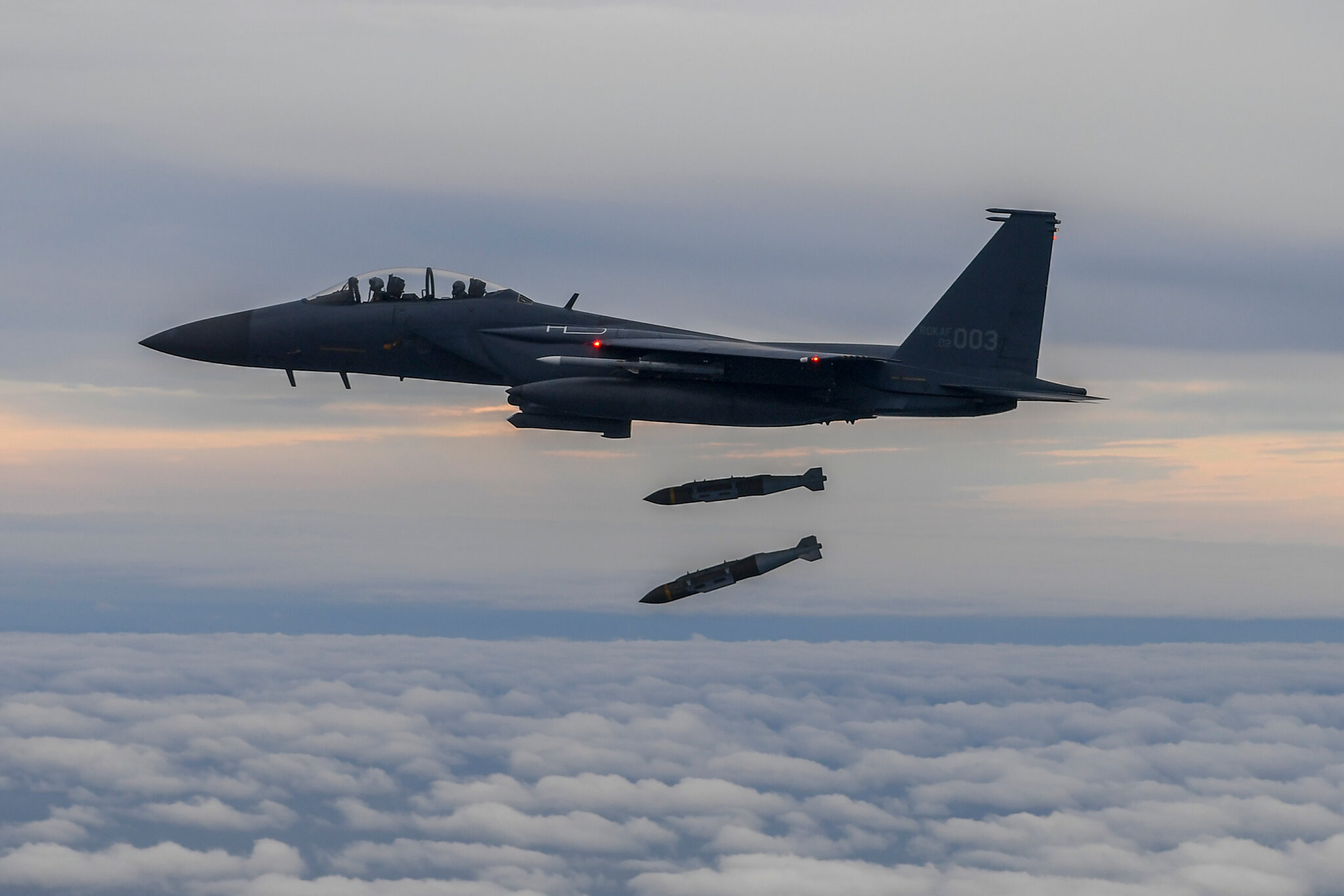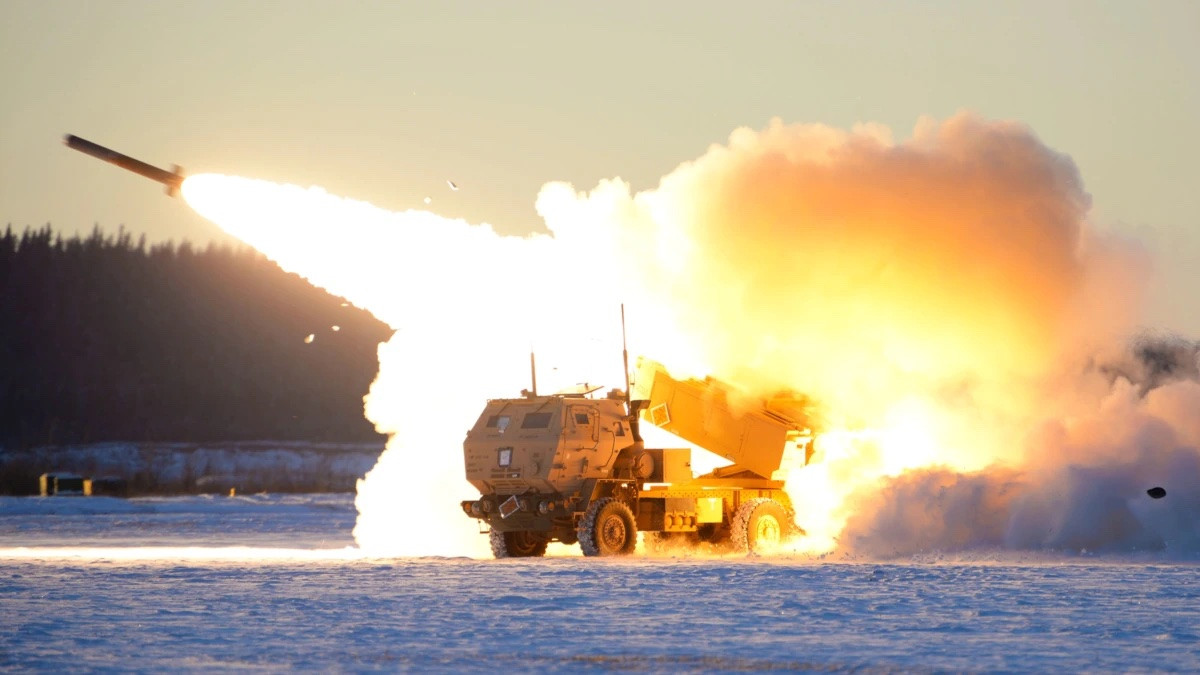GPS-guided bombs, first used in Afghanistan, have significantly increased the accuracy of attacks. However, they have met their "nemesis" in the Russia-Ukraine conflict.
Resurrecting old weapons
In the 1990s, the US researched GPS-guided “smart” bombs. By 2000, these weapons were equipped with retractable wings that allowed them to glide toward their targets to increase their attack range. The higher the altitude at which the bombs were released, the farther they could glide.
By 2010, Boeing and SAAB had developed the Ground-Launched Small Diameter Bomb (GLSDB), powered by a rocket motor similar to the current HIMARS system. The rocket propelled the bomb to significant altitude, giving the GLSDB a range of up to 150 km.

Based on the above guidance principle, the US Navy and Air Force built JDAM, also known as direct attack weapon, into an external tail unit containing a navigation system and a global positioning system guidance controller to improve bomb accuracy in all weather conditions.
JDAM is a prime example of how new technology can be used to resurrect old weapons. The kit, which includes a GPS receiver, a control chip, and steering fins, is attached to conventional unguided bombs, such as the Mk-82, Mk-83, or Mk-84, to create a precision-guided weapon system.
In September 2022, the Ukrainian Air Force unexpectedly revealed that it was using the US-made AGM-88 high-speed anti-radiation missile (HARM), capable of being launched from MiG-29 and Su-27 fighters. In December, Kiev continued to receive US aid with JDAM guided bombs.
Once released from the aircraft, the JDAM automatically navigates to the designated coordinates. The target coordinates can be uploaded to the aircraft or manually entered by the pilot before the attack or automatically entered via sensors. According to the developer, in the most ideal conditions such as reaching sufficient altitude and having GPS data, the JDAM bomb has an error of less than 5 meters.
Total failure
However, according to recently leaked US government documents, JDAMs in the Ukraine battlefield repeatedly missed their targets. This situation also spread to other types of guided missiles, such as GMLRS rockets from M142 HIMARS vehicle launchers. The cause was pointed out to be Russian electronic warfare activities causing radio interference.

Russia is one of the world's leading countries in electronic warfare. Moscow is well aware of the West's use of precision-guided weapons, especially those guided by satellites, and has made significant efforts to neutralize this advantage. The Russian military is reported to have about five electronic suppression brigades.
Among these, GPS jamming is the most common activity. In December 2022, Wired reported that Russian cities were jamming GPS signals to prevent drone attacks from Ukraine.
Experts hypothesize that Russian electronic warfare forces may use jamming systems such as Krasukha-4, Pole 21-E or R-330Zh Zhitel that broadcast on GPS frequencies, making it impossible for bombs to use reference data for navigation.
The JDAM weapon has a backup inertial guidance system (INS), which can deliver the bomb to a target within 27.5 meters in half the time, enough to destroy targets such as fuel and ammunition depots, artillery or light armored vehicles.
However, INS is not accurate enough to attack targets that require direct destruction, such as tanks and bunkers. Another hypothesis is that the JDAMs delivered to Ukraine did not include this backup INS system. It is also possible that the fighter jets were flying too low, which would have given the bombs, after losing GPS, insufficient time and distance to correct their course.
To overcome this situation, new generations of JDAMs use GPS and laser guidance in parallel. However, this leads to the need to equip new laser designators on vehicles in the front line.
(According to PopularMechanics)
Source


























![[Photo] National Assembly Chairman Tran Thanh Man visits Vietnamese Heroic Mother Ta Thi Tran](https://vphoto.vietnam.vn/thumb/1200x675/vietnam/resource/IMAGE/2025/7/20/765c0bd057dd44ad83ab89fe0255b783)












































































Comment (0)